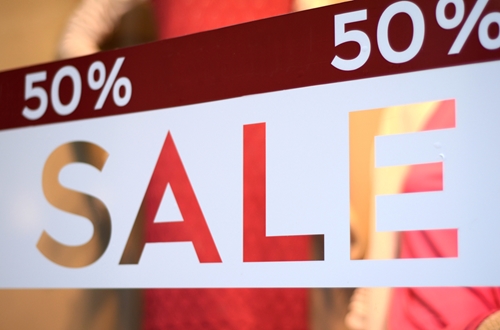Colors influence human emotions. Certain hues and tones will stir up feelings in people and many marketers are starting to employ designs and patterns to capitalize on color-focused behavior research. By using particular colors in their retail displays, brick-and-mortar stores may be able to influence customer shopping habits.
How color affects people
Color can leave a huge impression on shoppers. Kissmetrics, a marketing analytics source, reported 85 percent of consumers consider color a prime factor in choosing a product.
Now, not all stores can control the packaging of their merchandise but they can choose which colors are used for visual merchandising. Retail display fixtures should be selected to create a consistent color pattern. The color of walls, clothes racks, shelves and fixtures should all speak to a store's brand. Kissmetrics indicated a unified color scheme increases brand recognition by as much as 80 percent.
Different colors, different moods
What color should be selected? That depends on what kind of mood a store is going for. Stores utilize different atmospheric features to create different environments. Some business use calming music to relax customers, other blast rock 'n' roll to make their space feel like a party.
Colors are the same way. Small Business Trends suggested retailers use red if they want to create energy and urgency, blue encourages trust and wisdom and green promotes wealth and growth. Purple is associated with royalty and used to sell beauty products. Orange and yellow can draw in impulse buyers.
 Yellow can make shoppers nervous they'll miss out on a deal.
Yellow can make shoppers nervous they'll miss out on a deal.Don't forget lighting
The colors chosen by a store won't achieve the desired effect if they are not properly lit. VMSD advised stores to avoid colored lighting options as they could misrepresent the hues of visual merchandising.
Most stores want to use ambient white lighting to make the colors of merchandise and displays pop. Some options may use cooling lighting temperatures – light leaning towards blue on the color spectrum – because they make graphics crisper and brighter.



